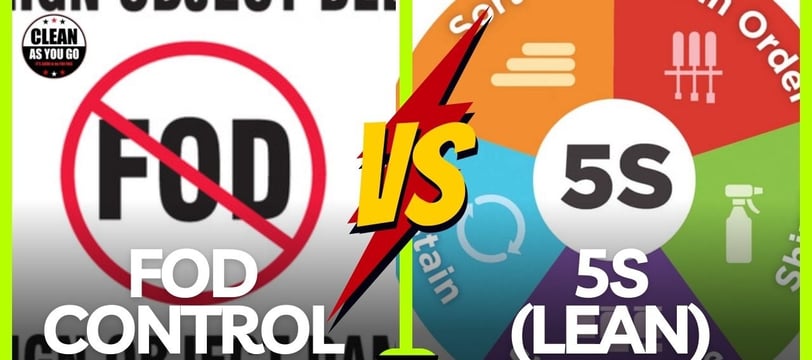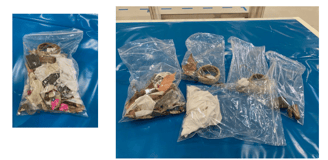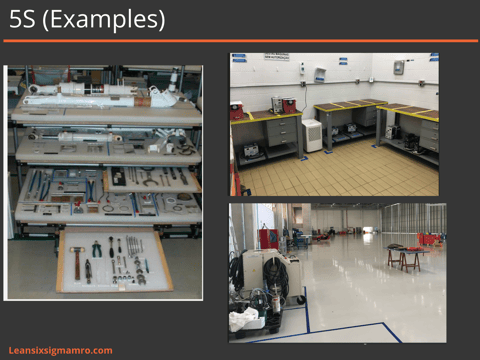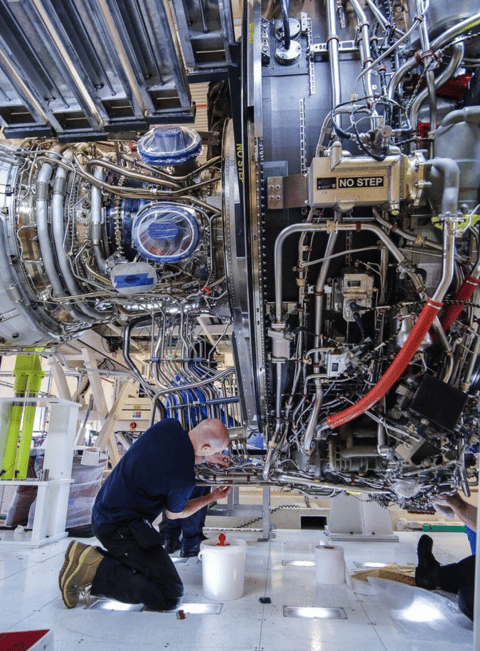5S vs FOD Control: What is the Best Approach to Aircraft Maintenance?
In an environment as critical as aviation, safety and efficiency in aircraft maintenance are fundamental. In this article, we explore the important interaction between two essential tools: 5S and FOD Control. Questioning which approach is best for maintaining flight safety and operational effectiveness, we delve into a comparative analysis of these methodologies.
CONCEPTS
4/16/20243 min read


FOD control and 5S (Lean) go hand in hand
In aviation, where safety and efficiency are absolute priorities, the application of Lean principles is essential. Two fundamental tools in this context are 5S and FOD Control (Foreign Object Damage). While 5S focuses on organizing the work environment to reduce waste and increase efficiency, FOD Control aims to prevent damage caused by foreign objects. Combined, these tools ensure a safe, organized and highly efficient work environment vital for aircraft maintenance.
What is 5S and FOD Control?
5S is a methodology that seeks to optimize the work environment through five principles: Seiri (sense of use), Seiton (sense of organization), Seiso (sense of cleanliness), Seiketsu (sense of standardization) and Shitsuke (sense of discipline).
Meanwhile, FOD Control is an approach designed to prevent damage caused by foreign objects such as particles or substances not belonging to the aircraft. Both are crucial for aircraft maintenance, ensuring a clean, organized and safe environment, as well as minimizing the risk of damage and accidents.




Maintenance waste
3. Similarities between 5S and FOD Control
Both 5S and FOD Control share the objective of avoiding errors, reducing waste and optimizing maintenance processes. Both promote a culture of responsibility and discipline among technicians, encouraging attention to detail and commitment to excellence. These similarities highlight the importance of integrating both tools to ensure safety and quality in aircraft maintenance.
4. How do the tools complement each other?
The combination of 5S and FOD Control results in a holistic and effective approach to improving efficiency and safety in aircraft maintenance. 5S promotes the organization and standardization of the work environment, facilitating access to essential tools and materials. This reduces search time and minimizes the risk of leaving loose objects that could cause damage during maintenance. Additionally, 5S's "Clean as You Go" principle encourages continuous cleaning, preventing the accumulation of debris that could become foreign objects.
In turn, FOD Control focuses on preventing damage from foreign objects, such as debris or loose tools. The meticulous organization of the work environment provided by 5S facilitates rapid identification of any foreign item, enabling an immediate response to remove or neutralize the FOD threat. Together, these tools create a safe, organized and standardized work environment, ensuring safety and efficiency in aircraft maintenance.


Conclusion
By combining Lean 5S and FOD Control, aviation professionals have the opportunity to establish a truly exceptional work environment. The meticulous organization promoted by 5S not only increases operational efficiency, but also facilitates rapid identification of any foreign objects that may pose a threat. Meanwhile, FOD Control ensures that aircraft remain free from damage caused by foreign objects, preventing possible accidents and ensuring flight safety. Together, these tools offer a holistic and effective approach to aircraft maintenance, highlighting the importance of a combined practice of Lean 5S and FOD Control to achieve the highest standards of excellence and safety in modern aviation.
With our Courses we promise to open the doors to a new era of possibilities. Advance to the next level with our Aviation Lean Course.
Are you ready to take a leap in your career in the Aviation industry?










